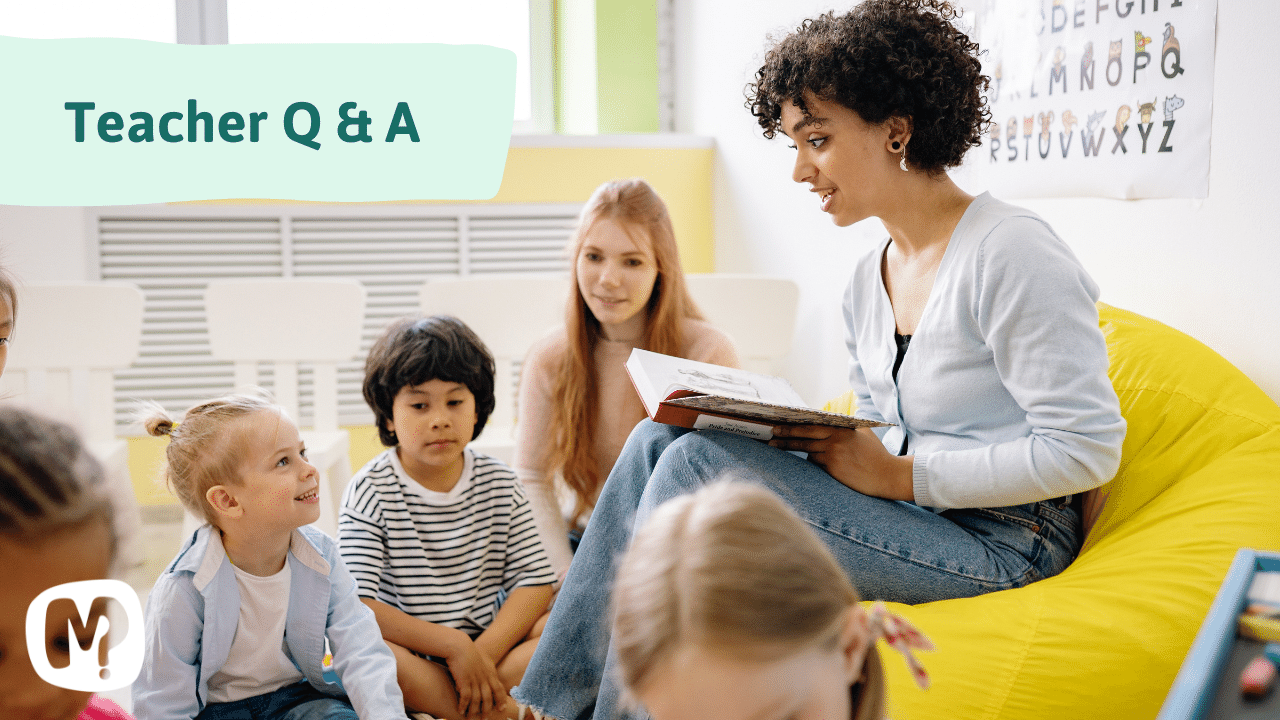Teacher Q & A: What is the correct amount of wait time after posing a question?
ANSWER: 3 - 5 seconds
This is a simple one, but wow does it make a difference. Using the correct amount of wait time in your class will greatly improve student engagement in class conversations.
Most often, having asked a question, we might wait until we believe most of our students have thought about the question before selecting someone to answer. Classroom observation reveals that teachers typically wait less than one second for students to respond.
If you practice wait time in your class you will notice that your students will give better answers. Giving students more time to think means that there is less pressure on an immediate response. Sometimes gifted students can seem reluctant to participate in class conversations, and this can be because they don’t have enough time to formulate a considered answer.
Employing wait time:
Let your students know that the question is important and you want them all to think of a response.
Tell them that you are applying wait time to give them all time to consider a response and that you won’t accept any responses for between 3-5 seconds.
Explain that they are not to put up their hands. The simple act of one student raising their hand tends to stop others from thinking any further.
Choose a couple of students to respond. Make sure you regularly pick different students so that they are all prepared with an answer.
If no one can answer your question try to rephrase the question. If your students still can’t answer the question after you have rephrased it then perhaps your question is not hitting the mark.
Even when you get the desired response, it is best to elicit more responses from your students, this shows that you value thoughtfulness rather than speedy responses. Also, after a student provides an answer give them a second wait time, allowing them additional time to add to their initial thoughts.
When I listen in on classes I hear teachers asking some great questions and then after a few seconds they also answer them. Answering your own questions in class creates a negative expectation in your students that you already have an answer in mind. This habit is easy to fall into and very difficult to undo. As soon as your students believe that you will answer your own questions they will sit back in their seat.
___________________________________________
New to MAPPEN?
We’d love to chat with you about your needs and show you how it works. If you’d like a demo or free access to an Exploration Account, don’t hesitate to get in touch.
___________________________________________
More Teacher Q & As:
How should I expend my energy as a teacher?
Do I really need to take work home?
What should I worry about as a teacher?
What should I hear in the classroom?

